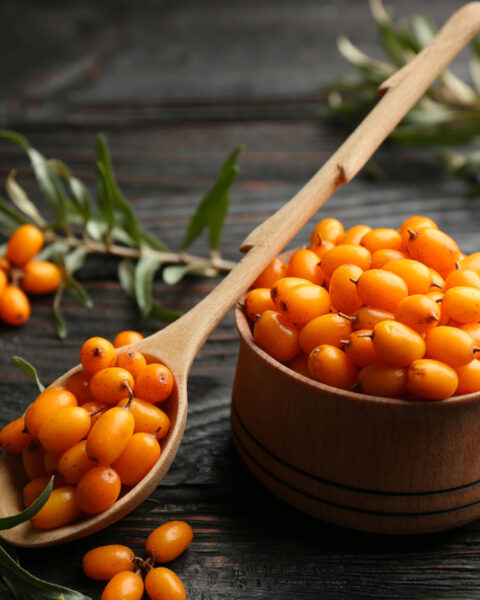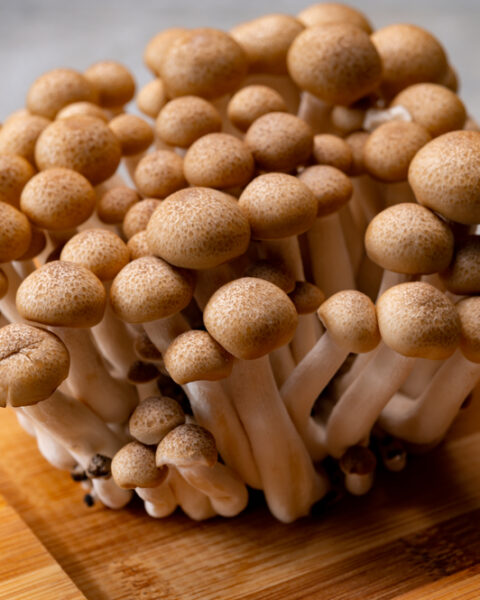Got a cast-iron skillet? They’re amazing for cooking just about anything, but there are a few tricks to keeping them in tip-top shape that not everyone knows about. But even the best tools need a bit of know-how to get the most out of them. In this article, we’re diving into 12 common mistakes a lot of us make with our cast-iron skillets. From cooking the wrong kinds of food to how you’re cleaning it, each of these tips is about making sure your skillet lasts a lifetime and keeps cooking perfectly every time.
Contents
- 1 Using It to Cook Everything
- 2 Not Allowing Time for the Pan to Heat Up
- 3 Overheating
- 4 Not Seasoning the Skillet Right
- 5 Not Re-Seasoning the Skillet
- 6 Using the Wrong Spatula
- 7 Using the Same Skillet for Savory and Sweet
- 8 Not Washing It With Soap
- 9 Soaking It in the Sink
- 10 Using Harsh Chemicals to Clean It
- 11 Storing the Skillet While It’s Still Wet
- 12 Storing Food in It
- 13 More From RetailShout
- 14 7 Frozen Foods Dietitians Recommend (and 3 They Warn Against)
- 15 10 Common Foods That Cause Inflammation You Should Avoid
Using It to Cook Everything
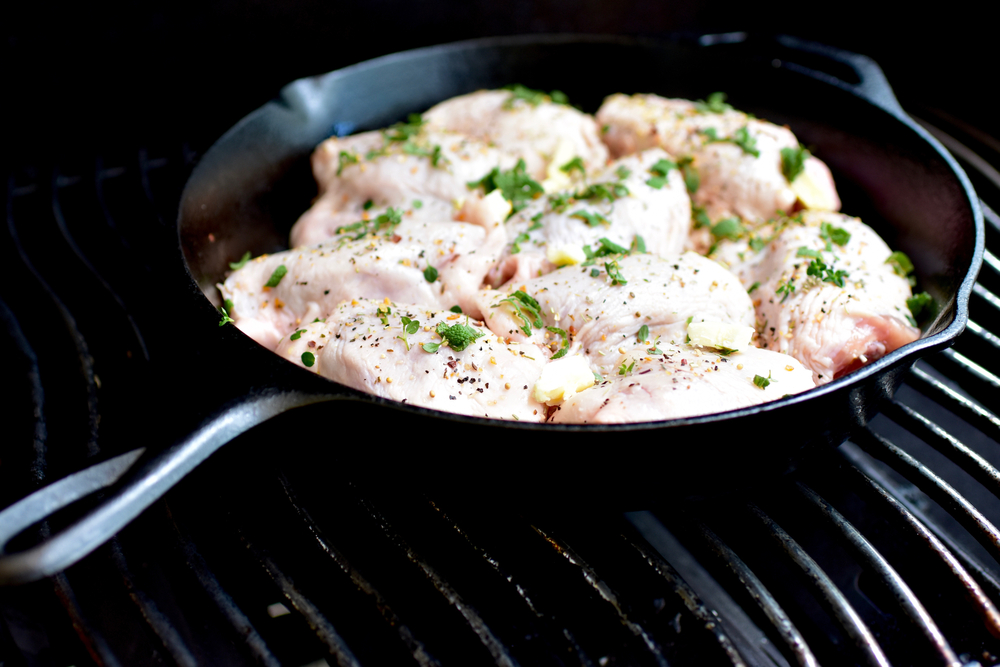
While cast iron is versatile, it’s not suitable for all foods. Acidic ingredients like tomatoes can strip the seasoning from your pan. Foods that require different cooking temperatures can also wear it out unevenly. Moreover, delicate foods like eggs might stick unless the skillet is perfectly seasoned.
Not Allowing Time for the Pan to Heat Up
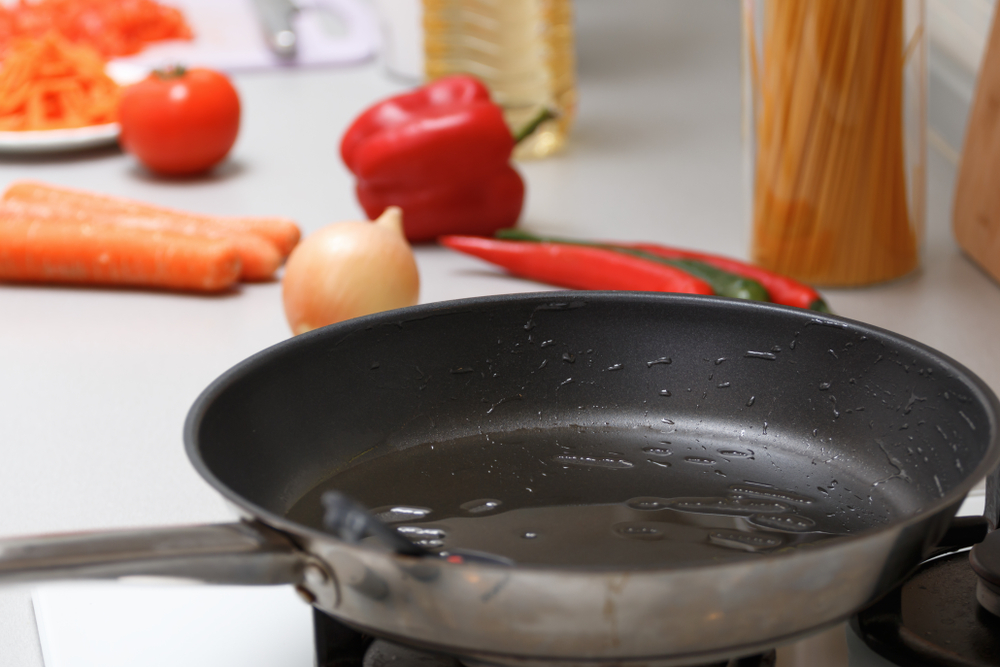
Heating your cast iron slowly allows for even heat distribution. Rushing this process can lead to hot spots that cause food to cook unevenly or stick. Properly preheated, your skillet ensures a perfect sear on meats and vegetables. Patience in heating can significantly enhance your cooking results.
Overheating
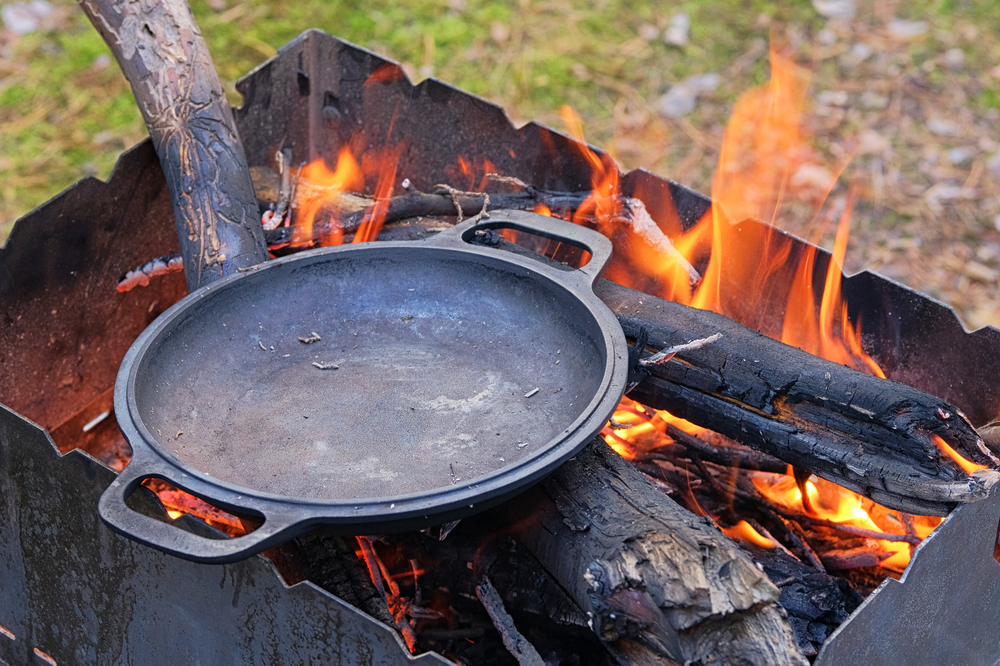
Subjecting your skillet to excessively high heat can warp the metal over time and degrade the seasoning. It’s essential to understand the heat tolerance of cast iron to maintain its longevity. Overheating also risks burning your food, as cast iron retains heat more efficiently than other cookware.
Not Seasoning the Skillet Right
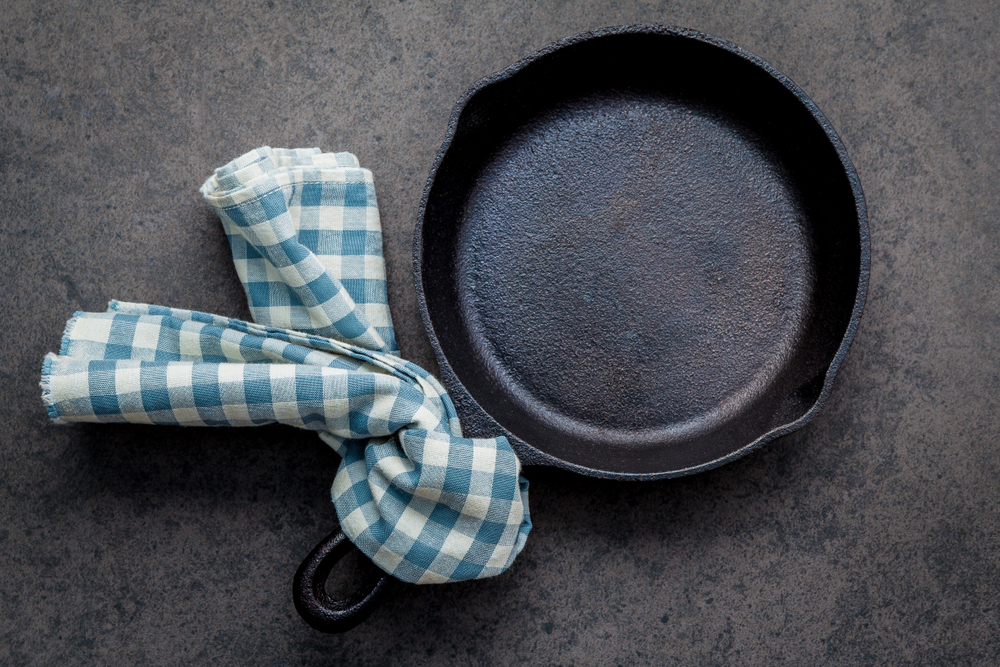
Proper seasoning with the right oil that has a high smoke point is crucial for creating a non-stick surface. Using an oil with a low smoke point or applying it unevenly can lead to sticky residues. This layer protects the skillet and improves with each use, making proper application vital.
Not Re-Seasoning the Skillet
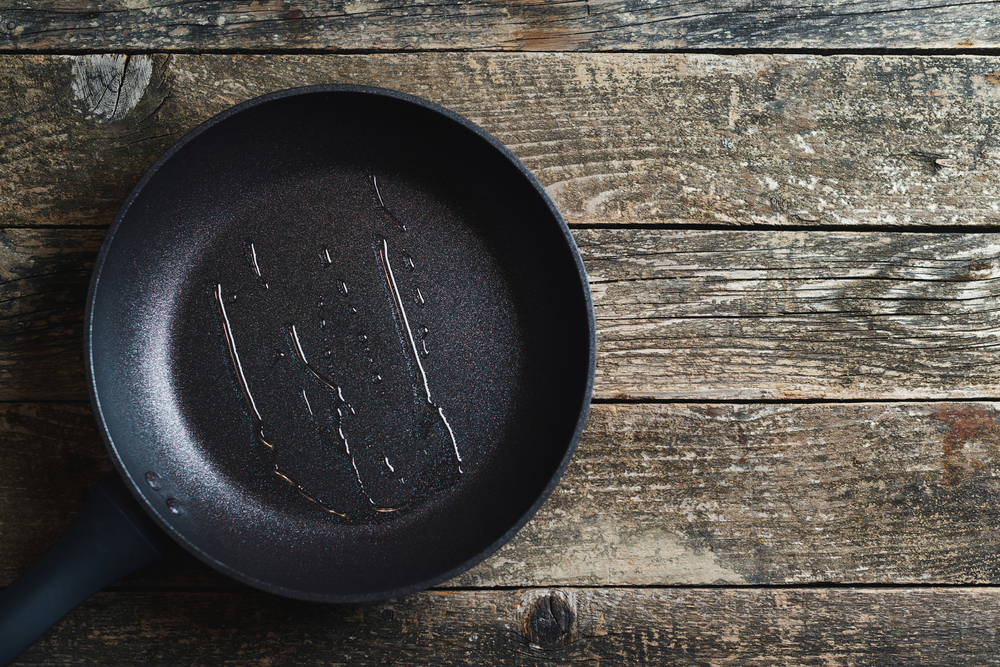
Regular maintenance of the seasoning layer is necessary to keep the non-stick properties intact. Failing to re-season, especially after cooking acidic foods or scrubbing with soap, leaves the iron exposed to moisture and can lead to rust. Re-seasoning should follow thorough drying and oiling.
Using the Wrong Spatula
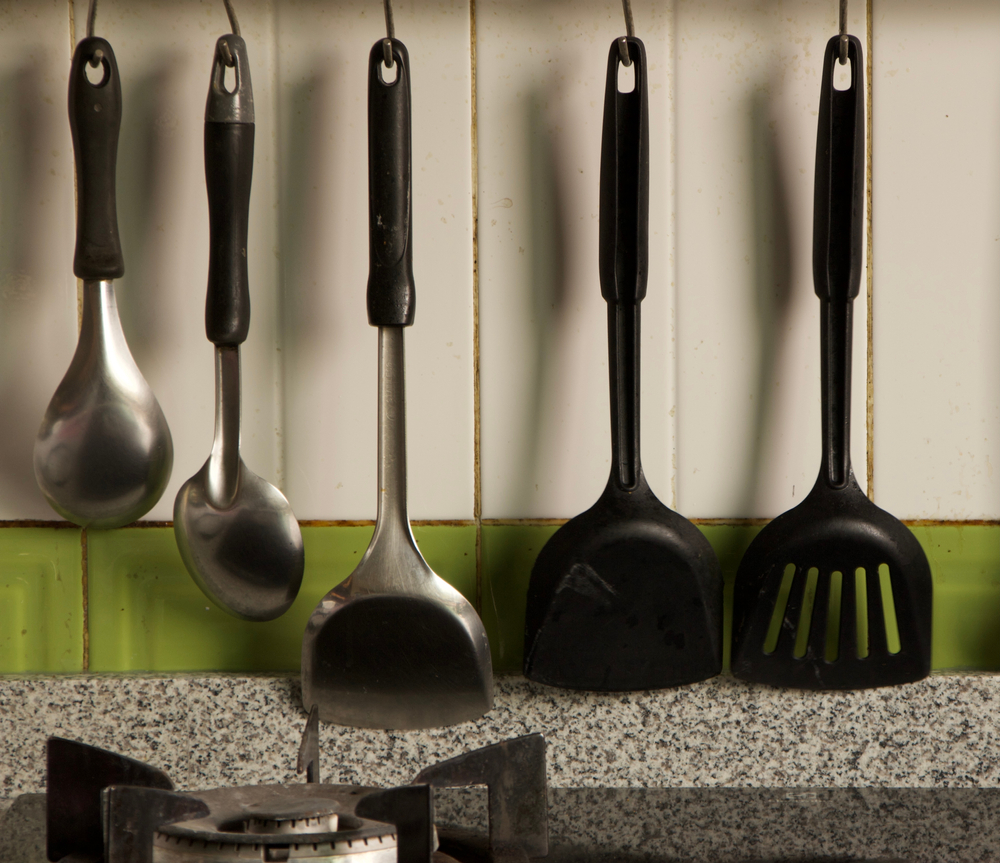
Using metal utensils can scratch the seasoning off your skillet. It’s better to use wooden or silicone spatulas that won’t damage the protective coating. Scratches can lead to rust and food sticking, undermining the skillet’s non-stick properties.
Using the Same Skillet for Savory and Sweet
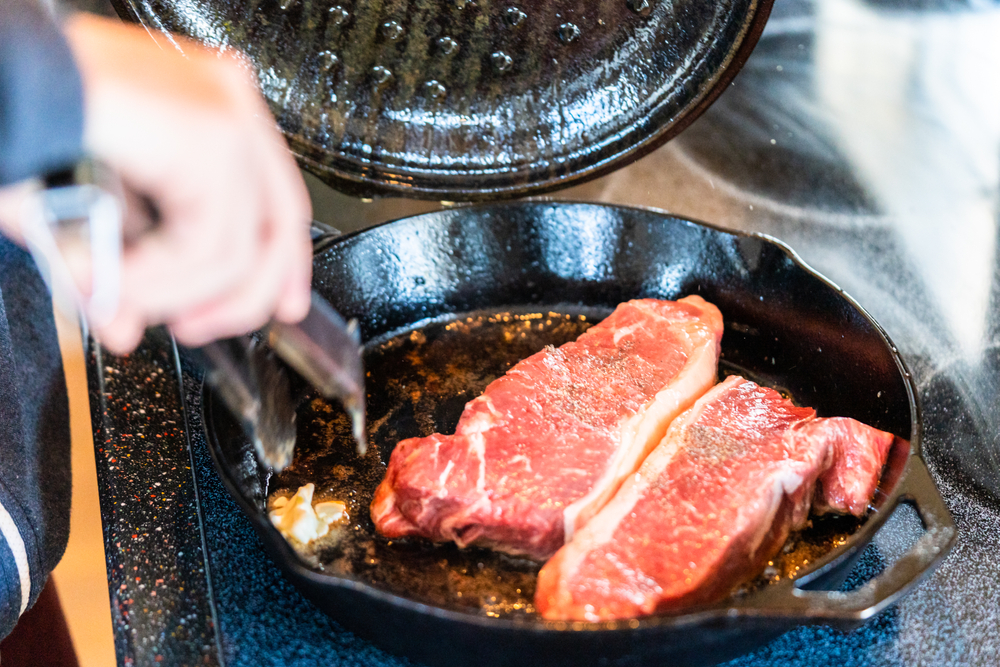
Flavors can linger in the seasoning of cast iron. Cooking a sweet dish after a savory one without a thorough cleaning can result in flavor transfer. It’s advisable to have separate skillets for different types of dishes to avoid unexpected tastes.
Not Washing It With Soap

Contrary to popular belief, washing cast iron with a mild soap will not harm the seasoning, especially if the skillet is well-seasoned. Avoiding soap can leave residual flavors and fats that can go rancid. A gentle wash with soap and water, followed by thorough drying and oiling, is beneficial.
Soaking It in the Sink
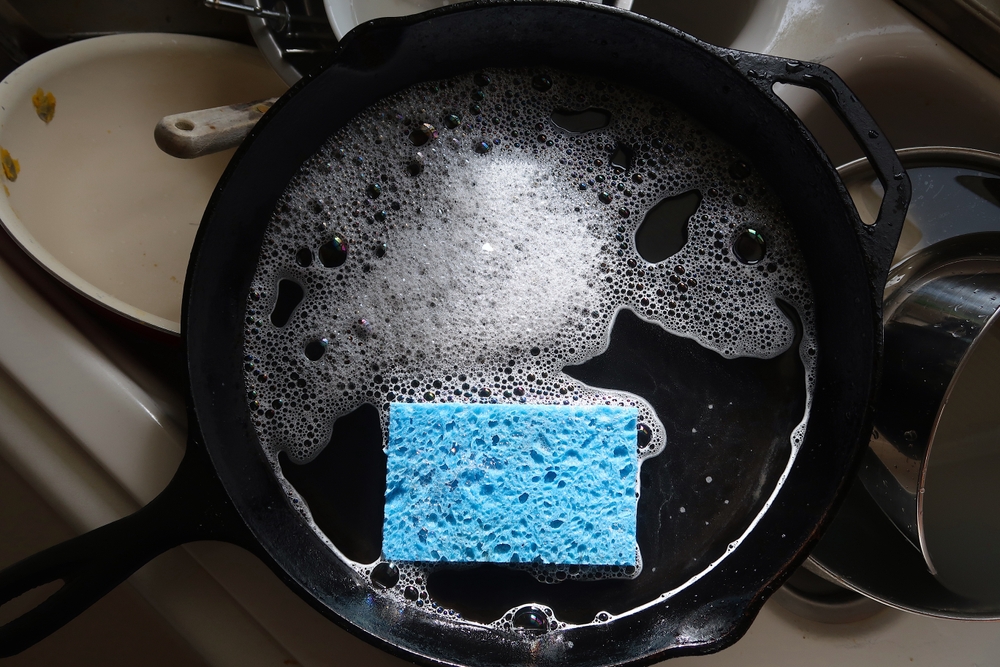
Soaking your cast iron in water can lead to rust and pitting. Cast iron should be cleaned immediately after use and dried promptly. If food is stuck, it’s better to boil some water in the pan to loosen the residue rather than letting it soak.
Using Harsh Chemicals to Clean It
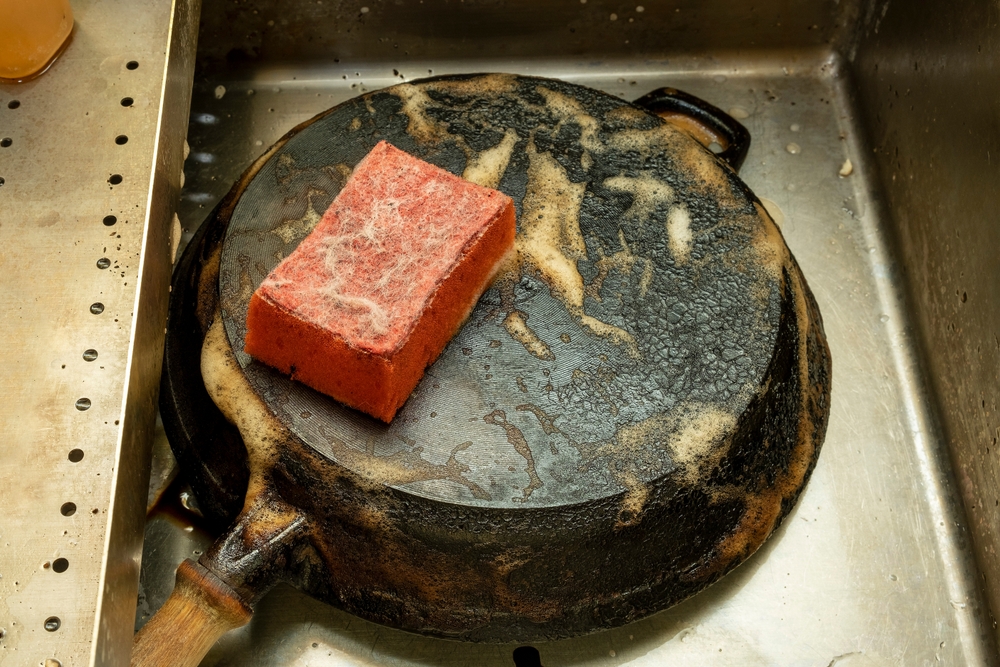
Harsh chemicals or abrasive scrubbers can strip the seasoning off your cast iron. Instead, use natural cleaning agents like salt for scrubbing or baking soda for stubborn stains. Keeping the seasoning intact is crucial for the pan’s longevity and performance.
Storing the Skillet While It’s Still Wet
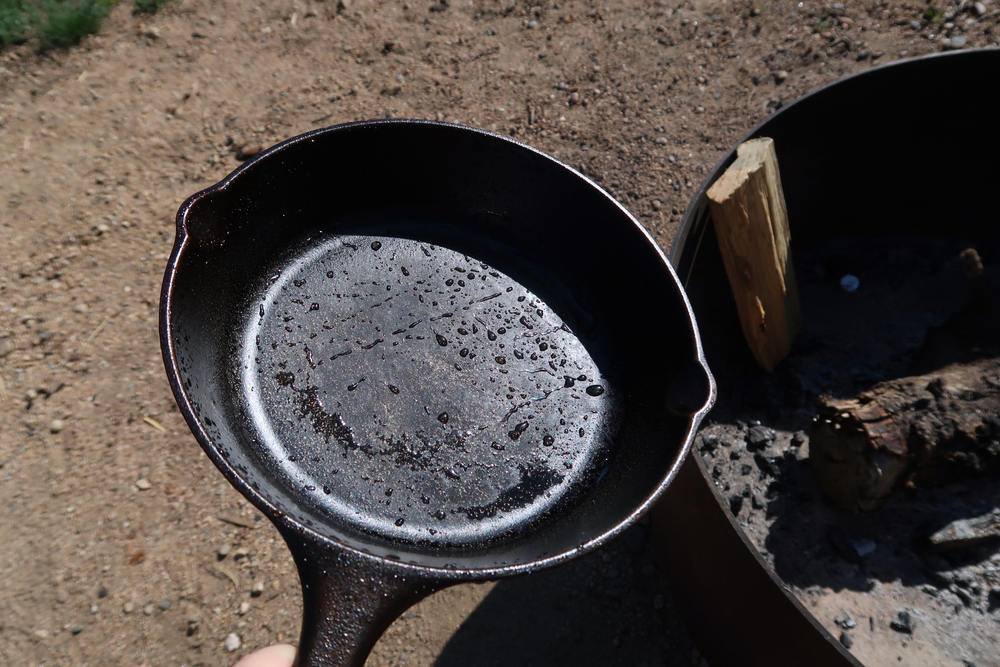
Moisture is the enemy of cast iron. Storing your skillet wet can trigger rust formation quickly. Always ensure your skillet is completely dry before storage, ideally in a dry, warm place to prevent moisture accumulation.
Storing Food in It

Leaving food in your cast iron skillet can lead to moisture build-up and affect the seasoning. Acids and salts from the food can also corrode the metal. It’s best to transfer leftovers to a proper storage container to maintain the integrity of your skillet.
This article originally appeared on RetailShout
More From RetailShout
10 Delicious Cold Beverages to Boost Your Morning
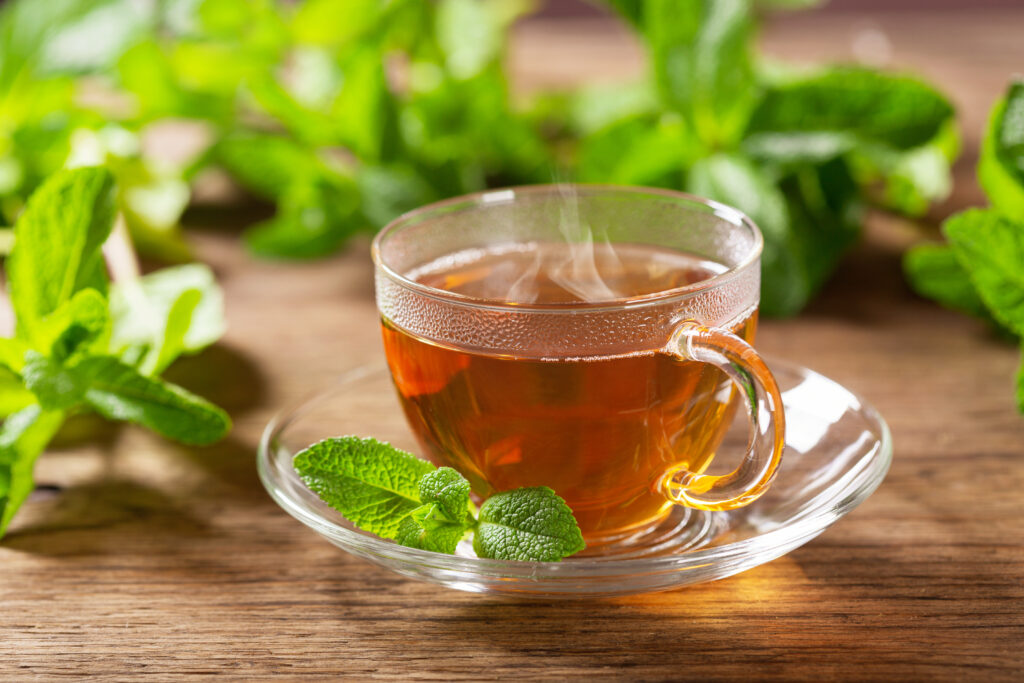
Start your morning with an invigorating blend of green tea and mint. Not only does green tea possess a delicate flavor and numerous health benefits, but when combined with mint, it offers a cool, refreshing twist to traditional tea. Read More.
7 Frozen Foods Dietitians Recommend (and 3 They Warn Against)

Frozen foods can be a lifesaver for busy weeknights or when you’re short on time. But not all frozen foods are created equal, and some can be loaded with unhealthy ingredients. Read More.
10 Common Foods That Cause Inflammation You Should Avoid
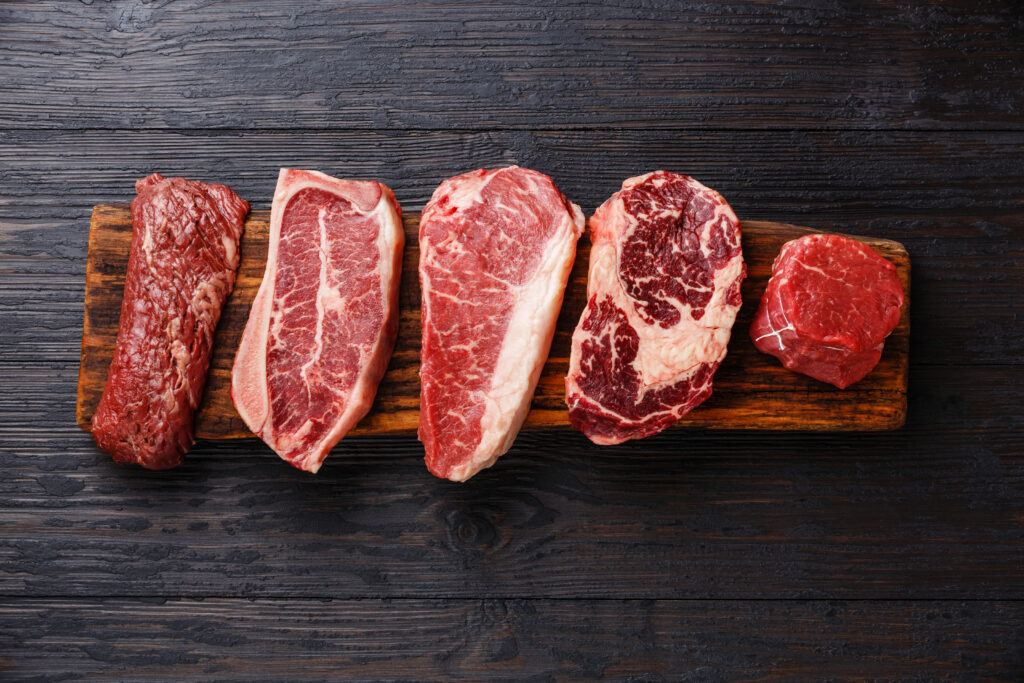
Inflammation is a natural response of the immune system, but chronic inflammation can be harmful to the body and increase the risk of certain diseases. While some foods can help reduce inflammation, others can trigger unwanted inflammation in the body. Read More.

